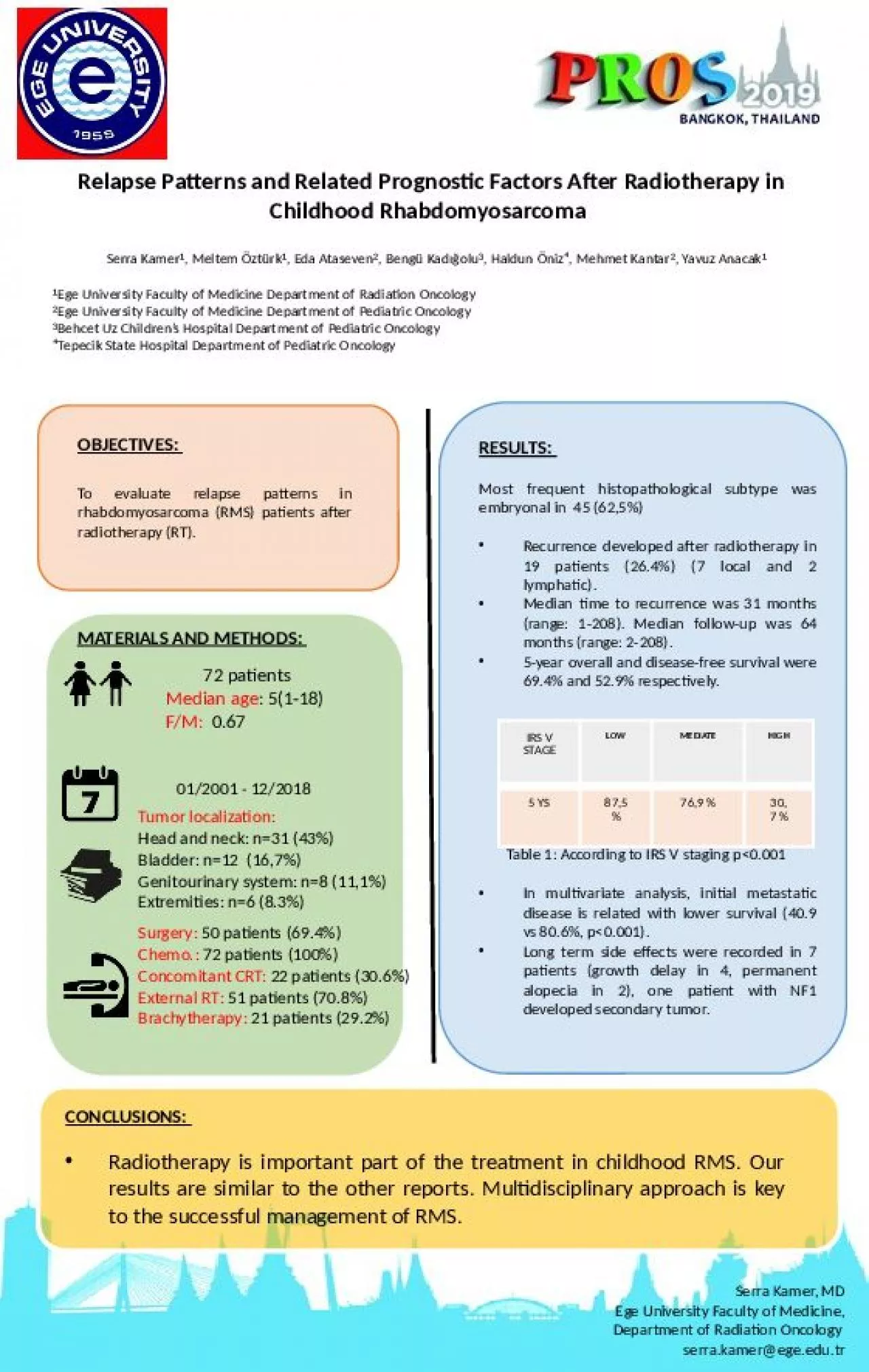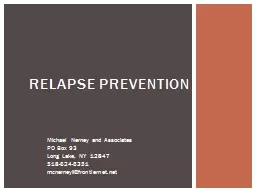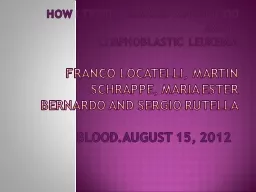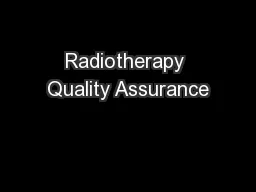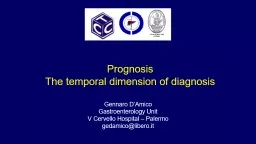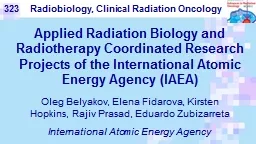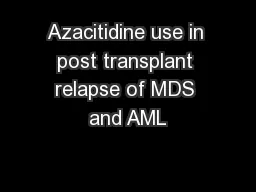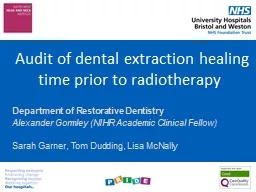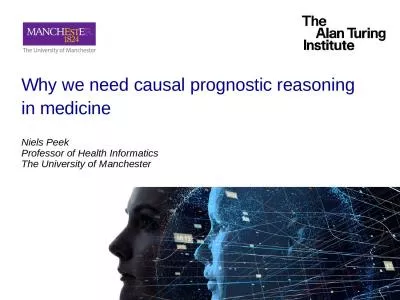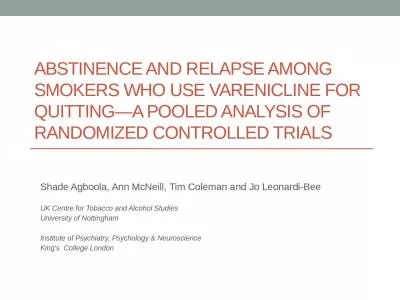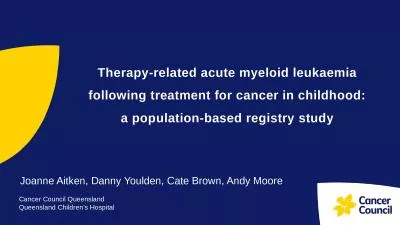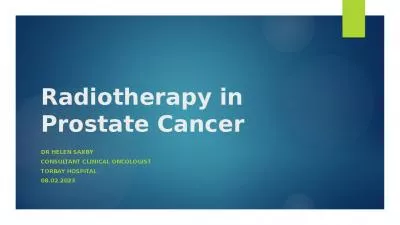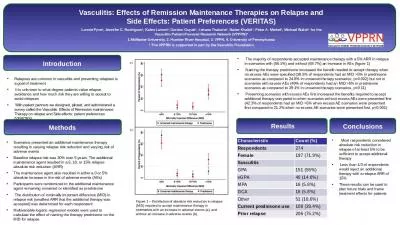PPT-Relapse Patterns and Related Prognostic Factors After Radiotherapy in Childhood
Author : SportyChick | Published Date : 2022-08-01
Rhabdomyosarcoma OBJECTIVES To evaluate relapse patterns in rhabdomyosarcoma RMS patients after radiotherapy RT Serra Kamer ¹ Meltem Öztürk ¹ Eda
Presentation Embed Code
Download Presentation
Download Presentation The PPT/PDF document "Relapse Patterns and Related Prognostic ..." is the property of its rightful owner. Permission is granted to download and print the materials on this website for personal, non-commercial use only, and to display it on your personal computer provided you do not modify the materials and that you retain all copyright notices contained in the materials. By downloading content from our website, you accept the terms of this agreement.
Relapse Patterns and Related Prognostic Factors After Radiotherapy in Childhood: Transcript
Download Rules Of Document
"Relapse Patterns and Related Prognostic Factors After Radiotherapy in Childhood"The content belongs to its owner. You may download and print it for personal use, without modification, and keep all copyright notices. By downloading, you agree to these terms.
Related Documents

